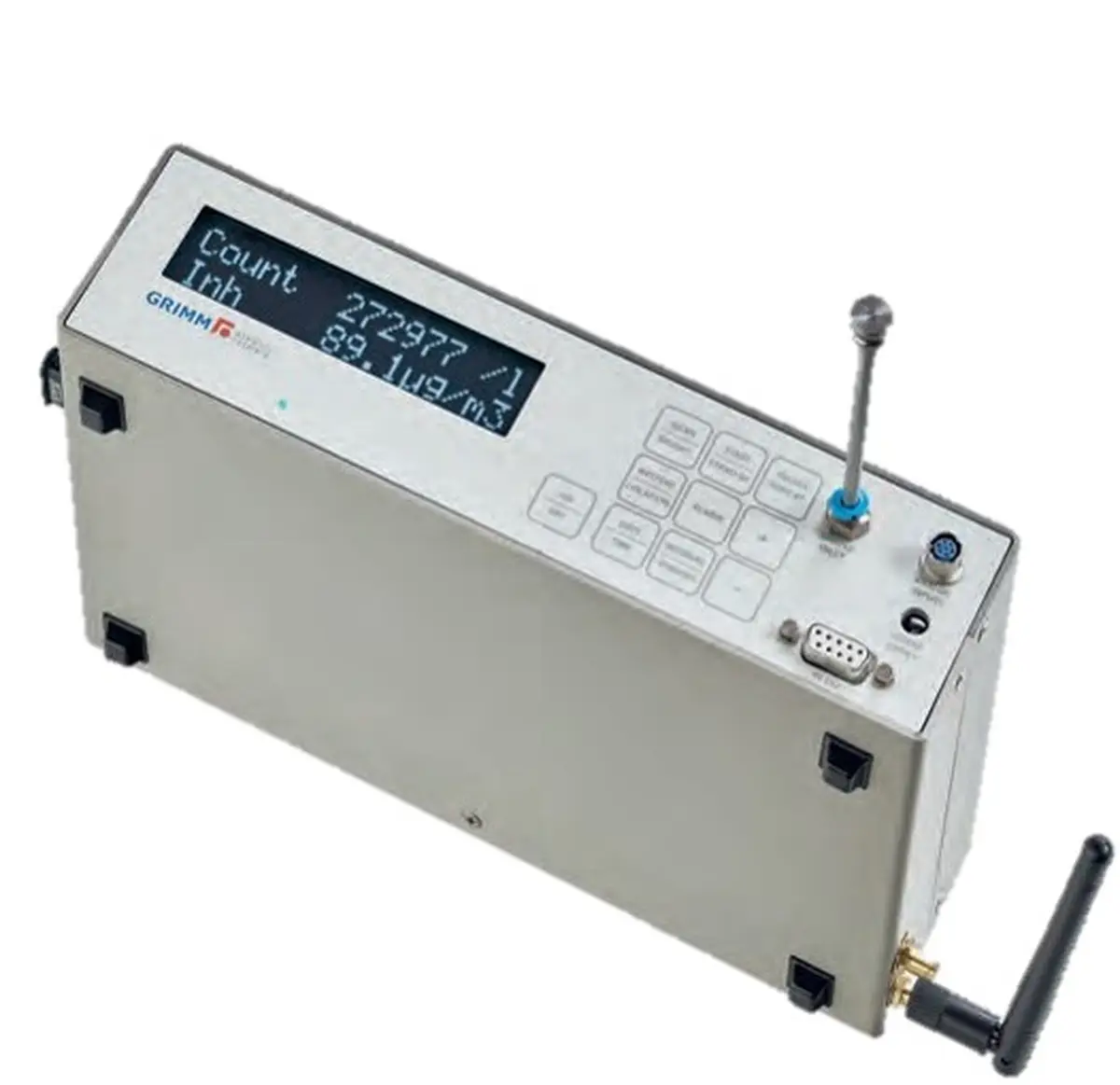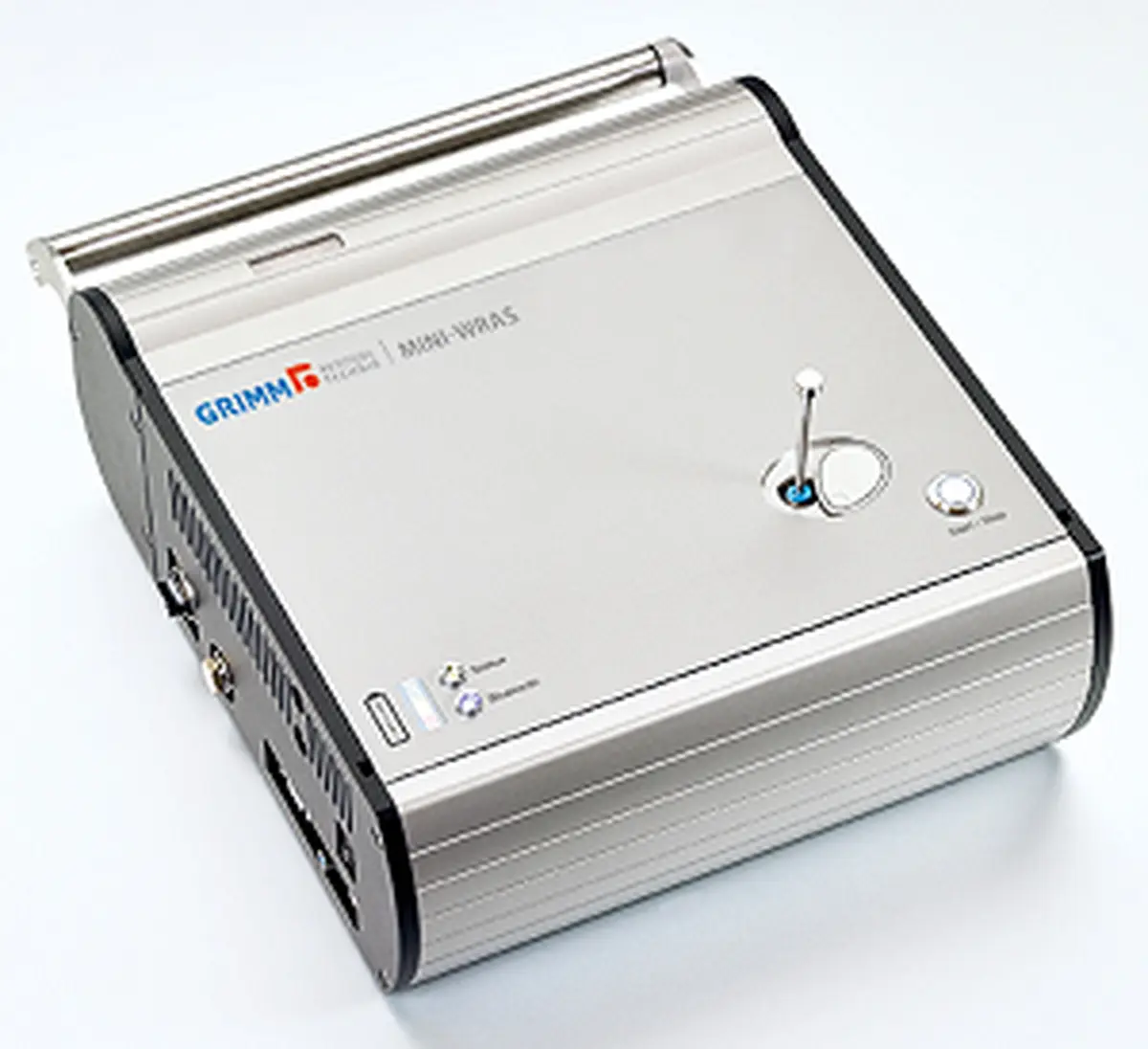Particulate Matter Measurement in Indoor Air and Workplace Environments
 In an aerosol spectrometer, the incoming particles are orderly aligned in sequence. The Grimm Aerosol Spectrometer utilizes laser light.
In an aerosol spectrometer, the incoming particles are orderly aligned in sequence. The Grimm Aerosol Spectrometer utilizes laser light.
Photodetector Setup
The photodetector is positioned at a 90-degree angle. Each signal received represents a particle. The height of the signal received by the photodetector corresponds to the particle size. This allows for the determination of a spectrum of particle counts and size distribution. By assuming spherical particles and an estimated density, the mass distribution is calculated.
Advantages of Aerosol Spectrometry
The main advantage of aerosol spectrometry is the simultaneous measurement of various particle sizes and counts, enabling real-time online monitoring of multiple dust fractions with a fast response time.
Workplace Measurements
For workplace exposure assessments and indoor air quality measurements, we recommend 31-channel spectrometers from Grimm Aerosoltechnik, model 11-D. These portable units include a PTFE flat filter, allowing for gravimetric validation and retrospective correction of the online data.
MiniWRAS – Measuring Nanoparticles in Air
 Specifically for ambient air applications where nanoparticle concentrations also need to be determined, we supply the so-called Mini-WRAS (Mini Wide Range Aerosol Spectrometer). This instrument combines a laser aerosol spectrometer with the NanoDiff, a nano sensor that estimates particle counts and sizes between 10 and 250 nm.
Specifically for ambient air applications where nanoparticle concentrations also need to be determined, we supply the so-called Mini-WRAS (Mini Wide Range Aerosol Spectrometer). This instrument combines a laser aerosol spectrometer with the NanoDiff, a nano sensor that estimates particle counts and sizes between 10 and 250 nm.
Sensor Operation
This sensor operates on the principle of electrical mobility for estimating particle diameter and uses an electrometer to count the particles. Within one minute, a detailed overview of particle counts and size distribution is obtained across 41 channels from 10 nm to 35 µm! All of this is achieved with a compact instrument, without the use of liquids or radioactive sources, as commonly required by SMPS systems (Scanning Mobility Particle Sizers).
